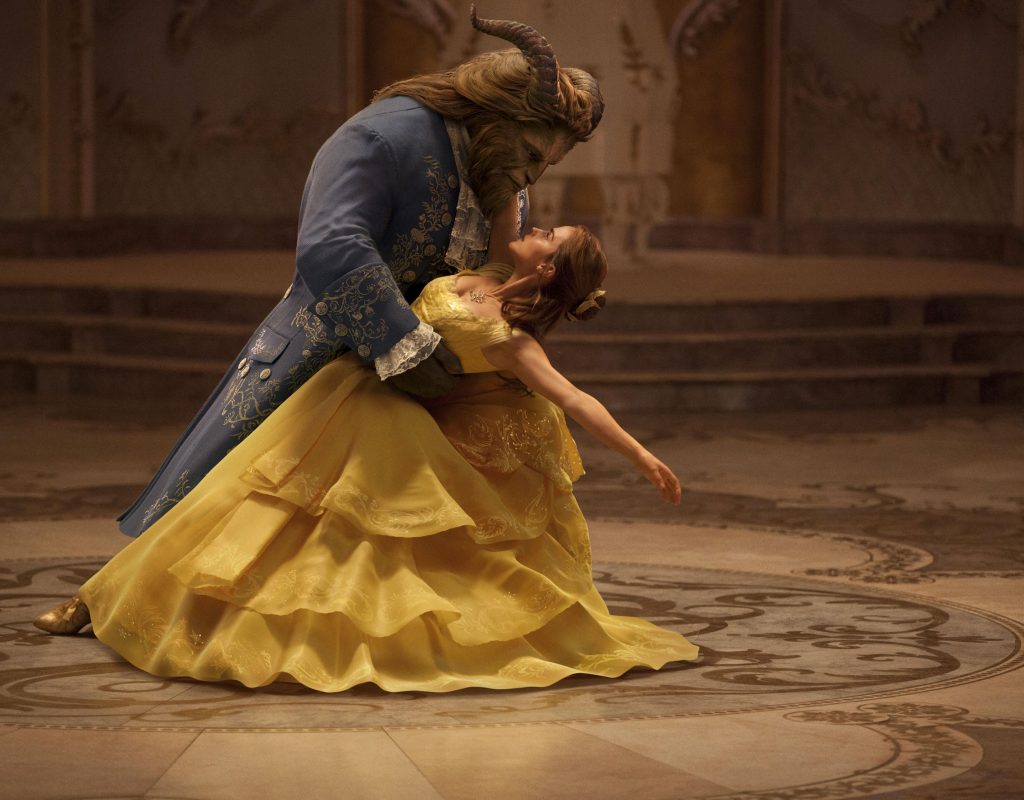Virginia Katz, ACE has had a prolific career as a film editor, moving into the editing chair in 1987, starting a long relationship as a editor for director Bill Condon. Her career includes Dreamgirls, Burlesque, Twilight: Breaking Dawn – Part 1 and 2, and Mr. Holmes. Her latest film reunites her again for another musical with Bill Condon, in Disney’s blockbuster live-action remake, Beauty and the Beast.
HULLFISH: When it comes to editing with music – specifically temp – most editors will say that they always add it later and never cut to it, but with a musical, for large portions of the movie, you have to start with a piece of music and cut to it. Does that change things for you?
KATZ: Yes it does, because some scenes are choreographed and I have a track that they’re dancing to. It’s not going to be the final track, but it is still our guide track. So there’s a certain rhythm that it has to have. When I showed my cut to Bill, for instance with Gaston, when he starts the sword-play, it seemed to go on and on. So we ended up shortening that. When you shorten a musical number that’s choreographed it’s hard to find a place that makes sense in the music that will also make sense in the choreography. It’s always tricky, but that is the fun part of editing for me. It’s like a big puzzle. You’re trying to find the right pieces to put together to make it perfect.
It was the same with Dreamgirls. It was choreographed and it had a playback track. But things change. Once the film is shot sometimes the footage doesn’t match what was done earlier. Going back to Beauty and the Beast, you’re telling the story about LeFou trying to bring Gaston out of his funk. There are all these story points, and even though everything is choreographed, you still have to follow the story of Gaston and LeFou and the people around them. I love doing musicals. They have their challenges but they are so much fun.
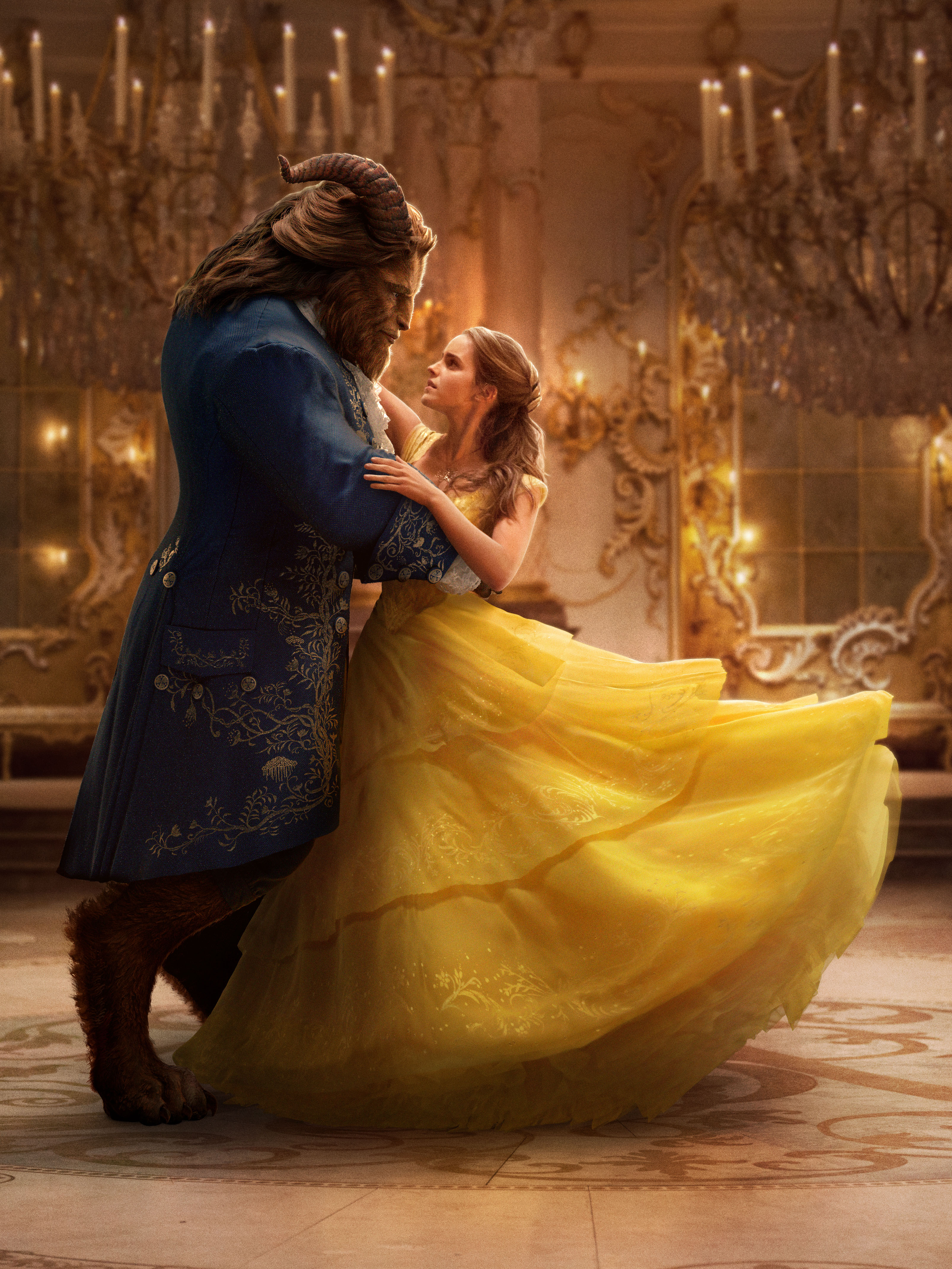 HULLFISH: I talked to Tom Cross about La La Land and he mentioned that one of the difficulties is that the guide tracks change slightly in timing when they actually record them with real musicians in an orchestra, and he and his director, Damien Chazelle, had a lot of visual manipulating to match the timing changes in the music.
HULLFISH: I talked to Tom Cross about La La Land and he mentioned that one of the difficulties is that the guide tracks change slightly in timing when they actually record them with real musicians in an orchestra, and he and his director, Damien Chazelle, had a lot of visual manipulating to match the timing changes in the music.
KATZ: We had the same problem on Dreamgirls. If you are watching somebody sing and the sync is not right on, you don’t believe it. We are constantly manipulating the tracks so that it’s all in sync. When you make a cut within a musical number you still have to have good choreography and you still have to make the song make sense. Having a guide track doesn’t mean they’re singing in sync or they’re dancing in sync.
HULLFISH: One more musical question. There were a bunch of places where those musical numbers had special shots. There were shots where I felt like they may have not even shot coverage. Like, I know that we’re going to follow Belle and she’s going to walk out of this door and follow her down this hallway or set of stairs with this special camera movement or something with some involved choreography, and it seemed like you were locked into that special shot, where the one camera set-up is the only choice for a part of the movie. Certainly you have to pick a take, but from the beginning of that special shot to the end, is there any other coverage to go to?
KATZ: No, not if a shot is intended to be used without being cut into. I don’t like to cut into moving shots. Knowing Bill, I know how he shoots. If we’re walking Belle down the street in the opening number and the camera is following around her, I know what the intention is. Even if there is other coverage, I would never cut into a shot like that especially in a song. The rhythm of the movement is also the rhythm of the music. It’s choreographed to be that way. When a shot is designed a certain way, especially in a musical, then I would stay with it, unless something happens and the shot falls apart. But that doesn’t normally happen. In Beauty and the Beast and also in Dreamgirls, there were shots that were designed to go right into something else or to follow something specific that was part of the rhythm of the story and the rhythm of the music. Why cut if you don’t need to?
HULLFISH: Absolutely. Can you tell me quickly about the schedule?
KATZ: I went to London April 1, 2015. We started shooting May 15. My assistant, Ian Slater, came on just a week before that and then we posted in New York. We were in London from mid-May until the end of August and then we came to New York for post. I was in New York until I got back this past October.
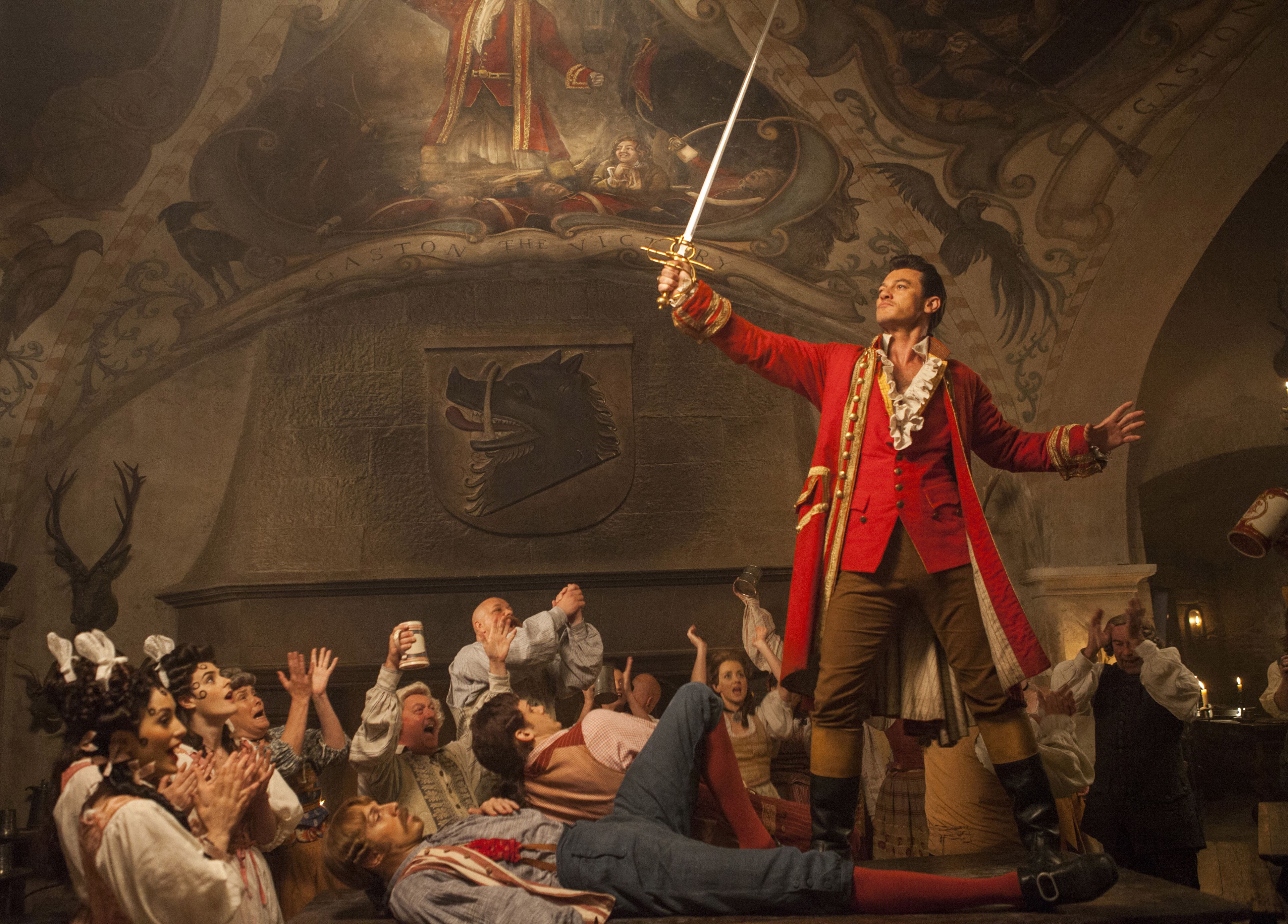
KATZ: It was pretty locked, because of the nature of the movie, the visual effects and the pre-vises that were done. I came to London six weeks before shooting to look at the pre-vis and offer opinions as to whether we should consider a close-up here or there. Then they just put that into the pre-vis. For instance, in “Be Our Guest,” you can imagine how complicated it was. Once the scene has been shot and we start getting our version of the characters moving, then we can change the character movement in the animation to whatever we want.
HULLFISH: Speaking of that exact sequence, “Be Our Guest,” was that edited like an animated film is edited where almost all the editing was done before the shoot?
KATZ: It was all pre-vis so we had a template for how it was going to be edited. Once Bill came in we wanted to put in other things, for example more character shots of Belle. As shots came in from our animation team I could drop them into the cut, and start to move things around a little. Bill had been working on “Be Our Guest” for a long time and he knew exactly what he wanted. Bill is a huge fan of all musical films. In this scene he pays homage to some of the great musical films of the past.
HULLFISH: In the process of adding various stages and iterations of VFX, let’s discuss the reasons that things might change in the edit?
KATZ: Maybe it’s too long and maybe we take out a section. That would change a number of things, and with any musical number it also changes the things around it. The movement, faces, the expressions and the sync had to be right. For instance, to get Lumiere in sync, we had to match the vocals. The 3D animated characters not only have to have eye movement, but you have to feel their emotions. They also have to be in sync singing and dancing. It was complicated. You start getting in more and more versions that get closer to what we are expecting it to be. Sometimes you look at it and what was previously pre-vis is now not going to work with the newest version of our VFX.
HULLFISH: Did you have to be very careful with your organizational skills, in the timeline or in the bins, with versions or which layers had what level of VFX versions?
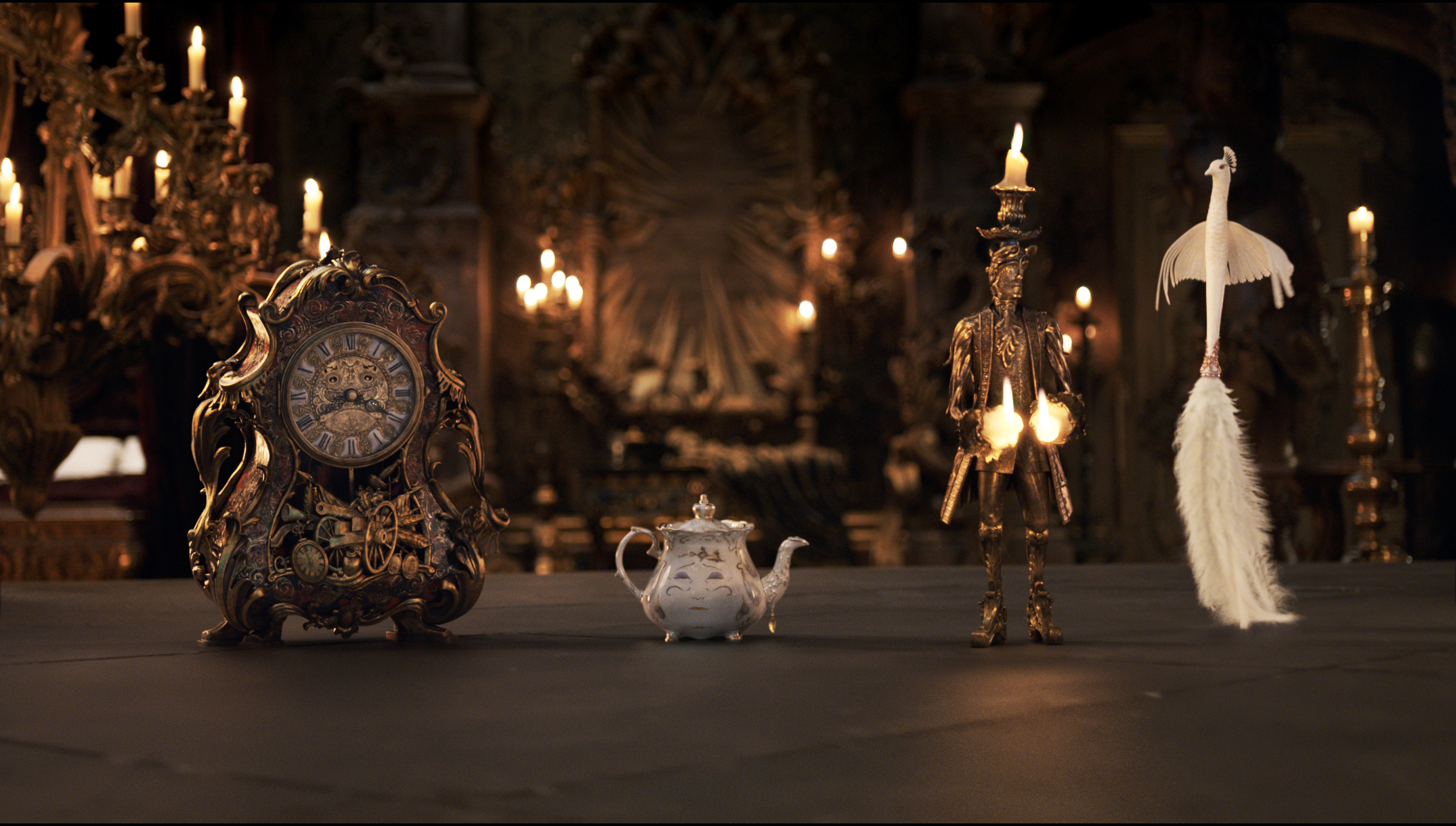
HULLFISH: We talked about the fact that not much of the structure changed, but one of the places I was wondering whether there were some opportunities for structural changes was in the intercutting of the A and B story when you were away from the Castle and cutting back to what was going on inside the Castle, when Belle and her dad were captive at first. Was there any juggling of the timing or how long you were away from one story or the other?
KATZ: Well, yes. Definitely. In any movie, when you start feeling something is too long, and you can tell the story in one shot compared to 4-7 shots, it just kind of takes shape. All those transitions for me have always been important, because when you transition from one scene to another, it has to grab you. It’s going to be a new place, but you want to feel that you’re not just opening a door and entering but that you’re there. I think I’m always aware when I’m cutting from one story to another. For example, when we are with the town and Gaston, how long before we want to return to Belle. I think transitions are really important.
HULLFISH: That’s basically what I was talking about: how long can you be away from Belle and Gaston before you feel like you’ve been in one part of two intercut parts of the story too long?
KATZ: There were times we felt we were away from them too long and sometimes we either trimmed or moved her up. I’m thinking of when she’s riding to the castle, or toward the end, where we felt she was away from the castle too long in the castle fight. For example, we lifted a few scenes from the castle fight to get to the Beast and Gaston sooner.
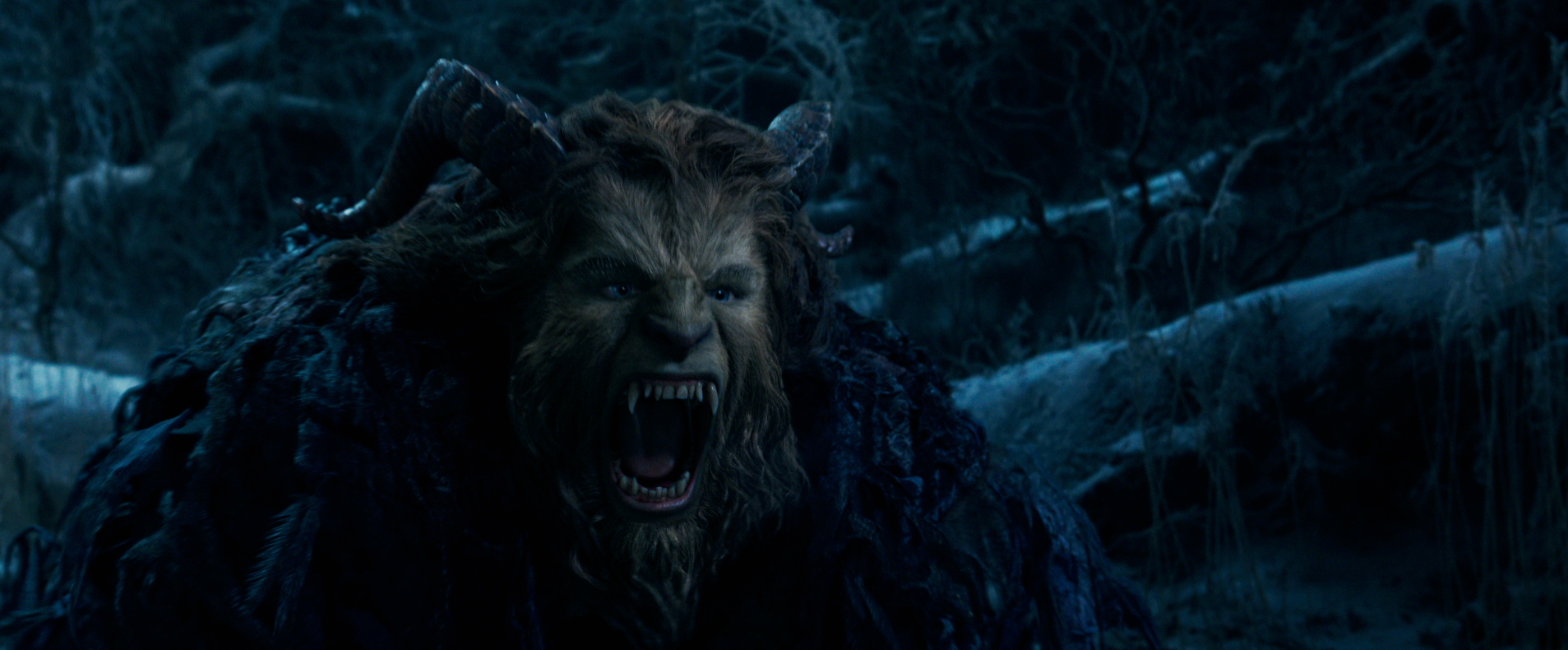
KATZ: If it’s a first-time director and I don’t know their work, or how they shoot, in our initial interview we’ll discuss how they like to work. You hope you’re on the same wavelength. In most of the films I’ve worked on it’s been fine. It’s hard to have any other director- editor relationship that is like the relationship I have with Bill. I know how he shoots. I know what he expects. I know how to have my cutting room crew prepare for him. There’s a whole routine. I’ve had my assistant for a long time and he knows Bill. It’s like a well-oiled machine.
HULLFISH: So that initial interview with the director needs to be a two-way street.
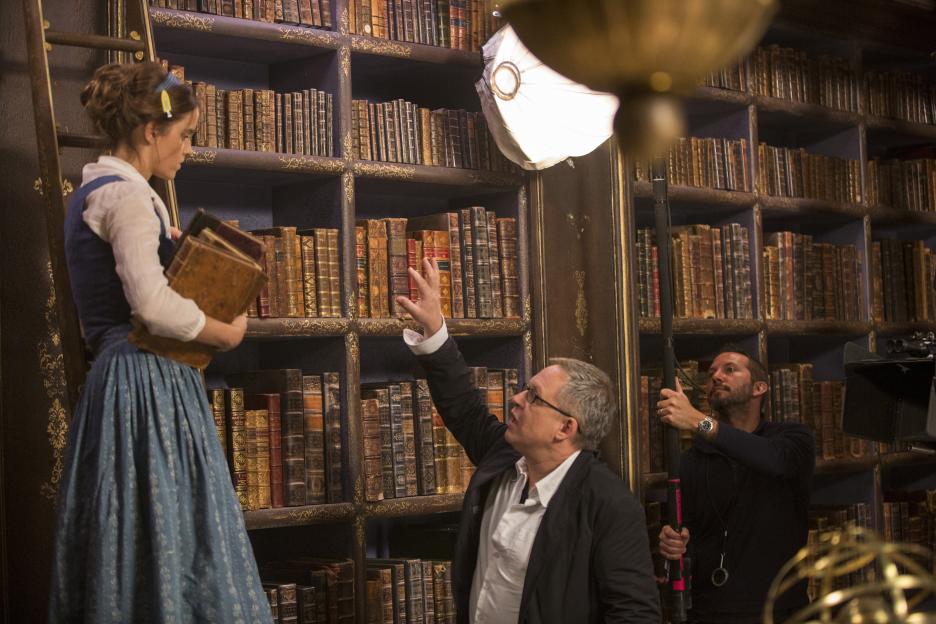
HULLFISH: When did you switch from Moviola to Avid?
KATZ: Candyman II (1995) was the last on Moviola and KEM. After that, I wanted to try LightWorks or Avid. I learned Avid on a TV movie with another director. The next movie that Bill and I did (Gods and Monsters, 1998) was on Avid and I never looked back. The Avid made me a much nicer person in the editing room because I no longer was pulling out my hair waiting for that one frame!!
HULLFISH: Thank you so much for your time. You’ve been a delight.
KATZ: It’s been a pleasure speaking with you.
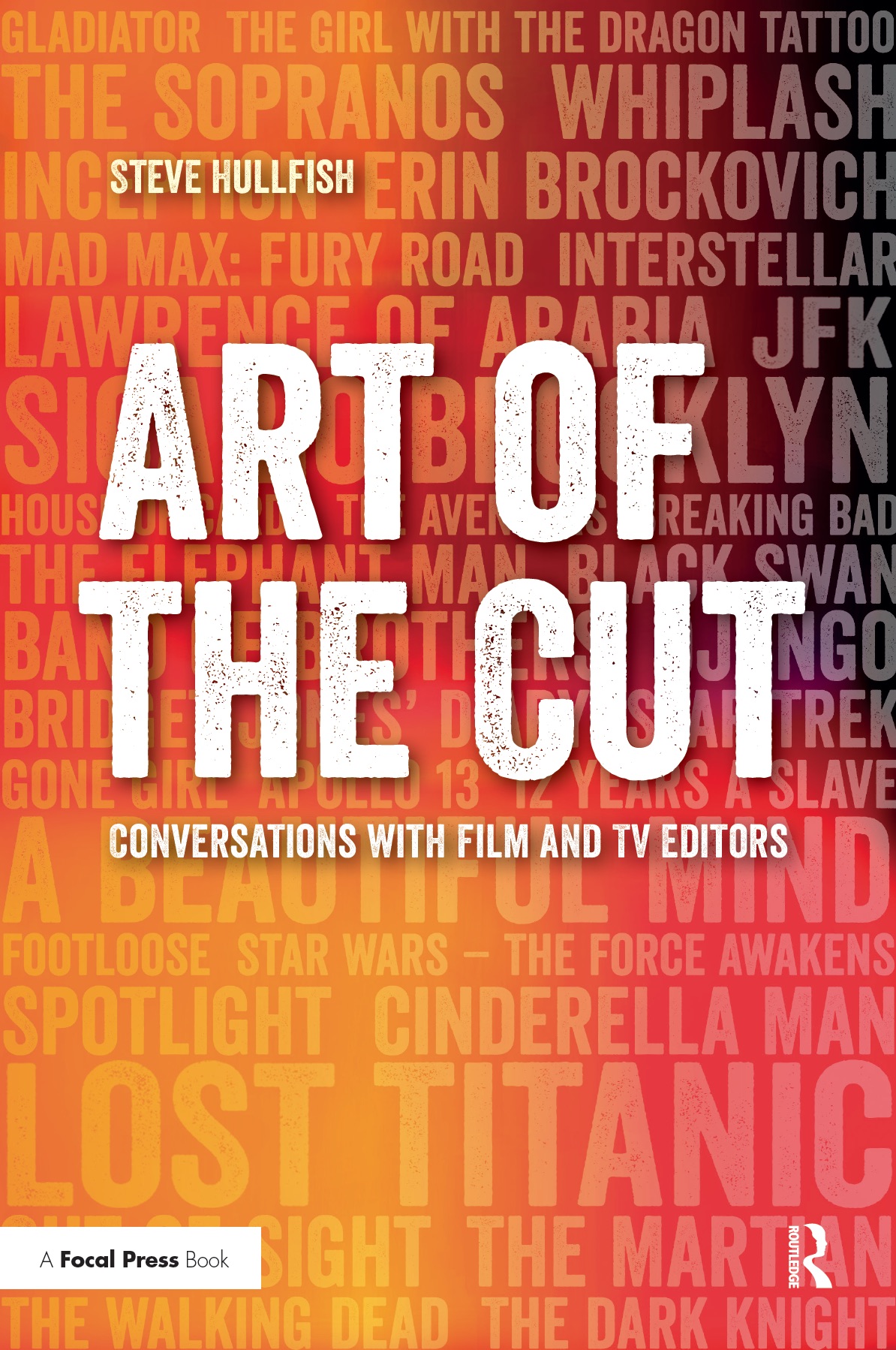 To read more interviews in the Art of the Cut series, check out THIS LINK and follow me on Twitter @stevehullfish
To read more interviews in the Art of the Cut series, check out THIS LINK and follow me on Twitter @stevehullfish
The Art of the Cut interviews have been curated into a book, breaking the interviews into topics and presenting them as a virtual roundtable conversation with some of the best editors in the world: Art of the Cut: Conversations with Film and TV Editors.

Filmtools
Filmmakers go-to destination for pre-production, production & post production equipment!
Shop Now